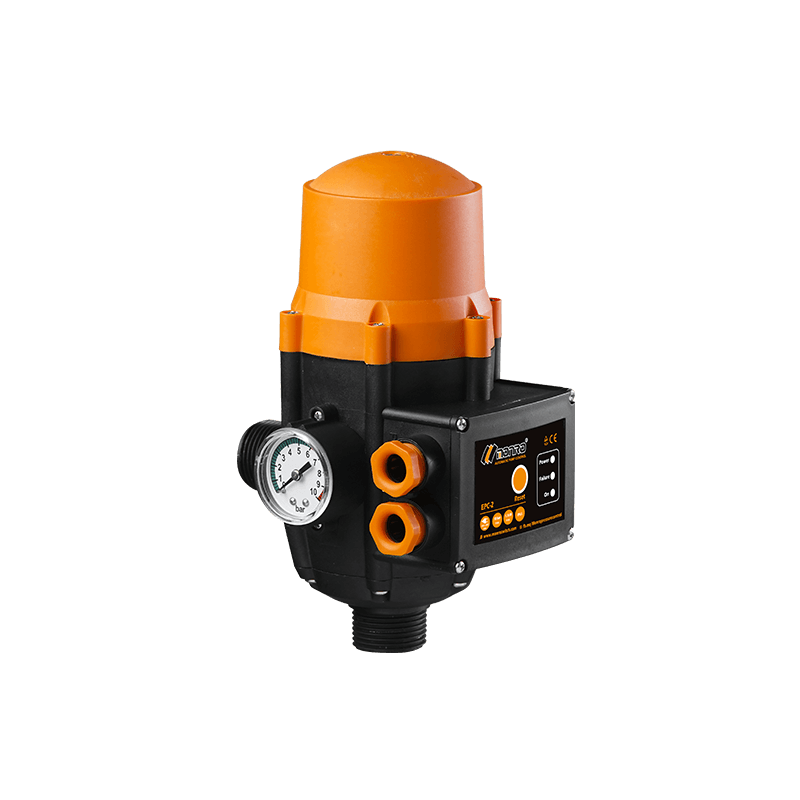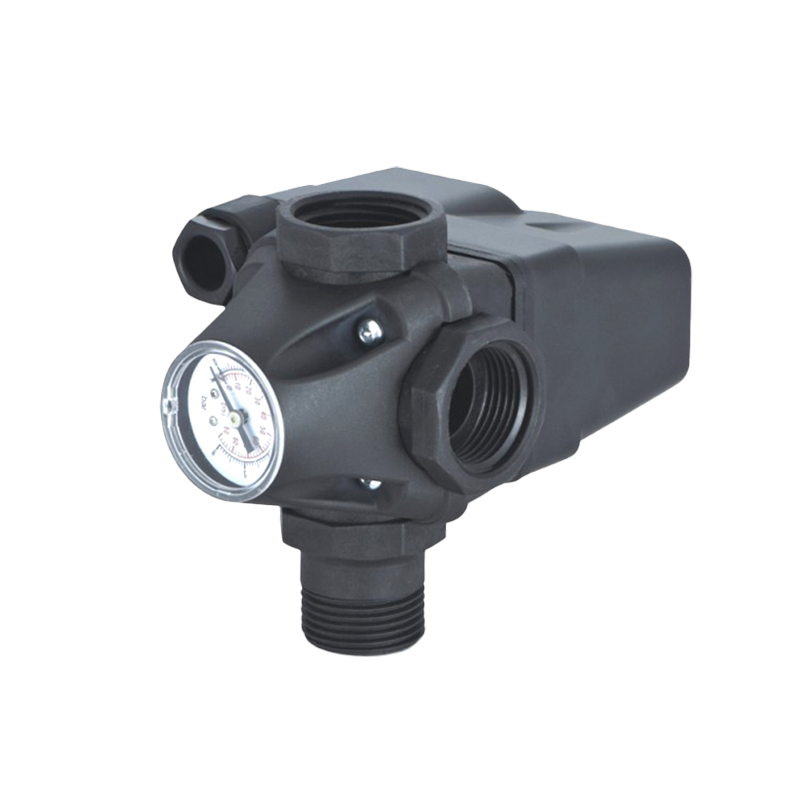Don't hesitate to send a message
Web Menu
Product Search
Exit Menu
Pressure Control Factory Designs Vary for Liquids and Gases in Precision Pressure Management Applications
Fundamental Differences Between Liquid and Gas Pressure Behavior
Liquids and gases exhibit different physical properties, which influence how pressure control systems must be engineered. Liquids are generally incompressible and maintain a consistent volume under pressure, which allows for more direct and stable control. Gases, on the other hand, are compressible and tend to expand or contract significantly with even small pressure changes. This fundamental contrast requires tailored approaches by any Pressure Control Factory designing systems for each medium. Understanding these inherent properties is the one step toward creating effective, safe, and precise control systems suited for their respective applications.
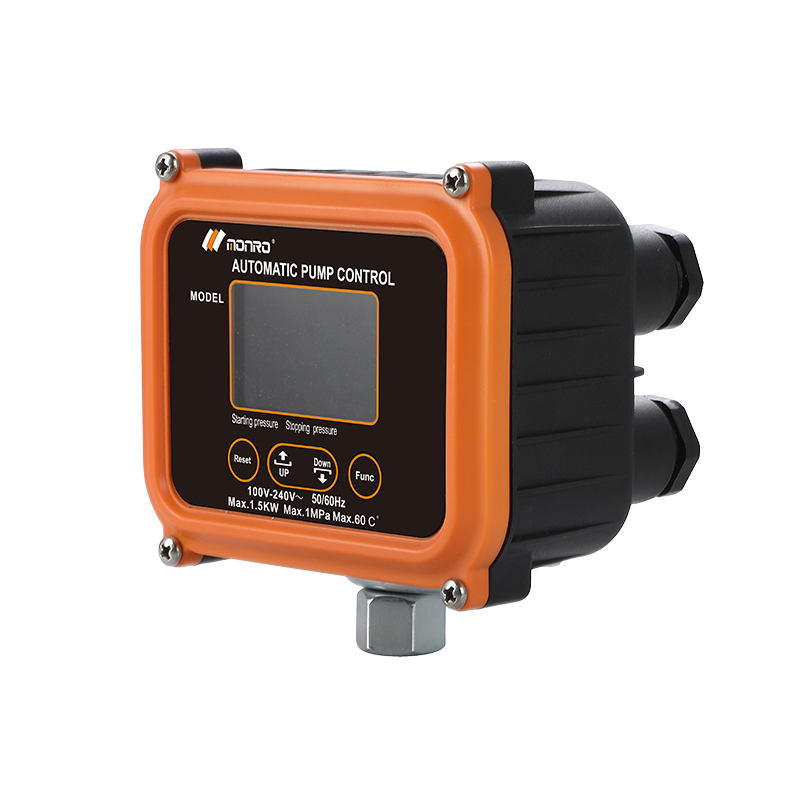
Design and Component Variation for Liquid Pressure Control
When managing liquid pressure, systems often encounter steady flow and predictable pressure profiles. In such cases, valves and actuators are designed to offer tight sealing and low hysteresis to ensure reliable pressure modulation. Materials selected for liquid systems must resist corrosion, particularly in water-based or chemically active fluids. The mechanical structure may include dampening systems to reduce the impact of hydraulic shock or pulsation, ensuring long-term stability. Because liquids respond immediately to valve adjustments, a factory must prioritize responsiveness and durability in moving parts to avoid pressure overshoot and maintain accuracy.
Approach to Gas Pressure Control and Its Unique Challenges
Controlling gas pressure involves more complex dynamics due to compressibility and temperature sensitivity. A pressure drop in gas systems can result in rapid expansion, temperature changes, and flow velocity increases, making precise control more difficult. A Pressure Control Factory must account for these characteristics by incorporating specialized regulators, pressure relief components, and advanced feedback mechanisms. The control system must also compensate for lag caused by gas expansion, which can delay the system's response to adjustments. Additionally, leakage prevention is critical, as even minor gas leaks can cause safety hazards or system inefficiencies, necessitating higher-precision seals and testing protocols.
Sensor Integration and Real-Time Monitoring Adaptation
To ensure effective operation across both media, the factory often integrates digital pressure sensors and real-time monitoring technology into control units. For liquids, sensors are calibrated to respond to subtle fluctuations and often utilize piezoresistive or strain gauge technology. For gases, thermal or capacitive sensors are more common due to their ability to detect rapid pressure shifts. Feedback from these sensors feeds into intelligent controllers that continuously adjust valve positions or pump speeds to maintain suitable pressure. While the overarching strategy of real-time control is similar, the calibration, sensor type, and response logic vary depending on whether the medium is liquid or gas.
Application-Driven Customization in Industrial Sectors
Different industries impose specific demands on pressure control systems based on the medium they use. In chemical processing or water treatment plants, liquid systems must handle varying viscosities and potential particulate content, prompting design adjustments in flow channels and filtration. In contrast, industries like semiconductor manufacturing or natural gas distribution require ultra-clean and tightly regulated gas systems, with the Pressure Control Factory tailoring surface finish, purge mechanisms, and enclosure ratings accordingly. The factory’s ability to customize systems to meet these diverging requirements is essential to delivering performance and regulatory compliance across sectors.
Conclusion
The way pressure is controlled in liquid versus gas systems reflects fundamental differences in physical behavior, application challenges, and safety requirements. A well-equipped Pressure Control Factory must recognize these differences and design accordingly, ensuring each system is optimized for its intended medium. Whether dealing with hydraulic systems requiring stability and strength or pneumatic systems demanding flexibility and responsiveness, adapting pressure control strategies to the specific properties of liquids or gases is critical to achieving consistent and reliable results.
-
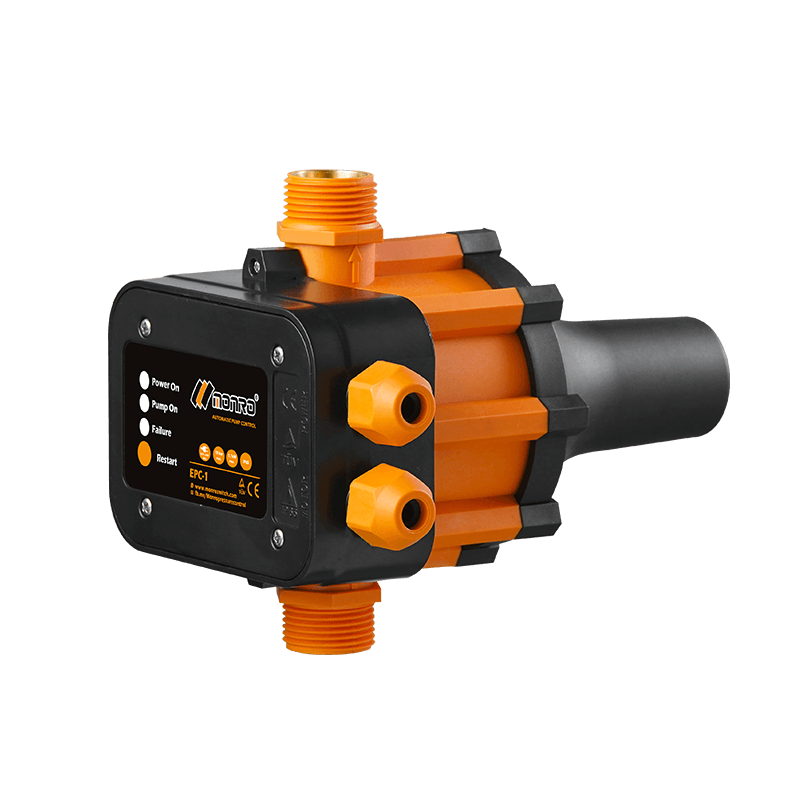 EPC-1
EPC-1Monro EPC-1 model pump controller is the classic and basic type, was loved by user in the global mar...
-
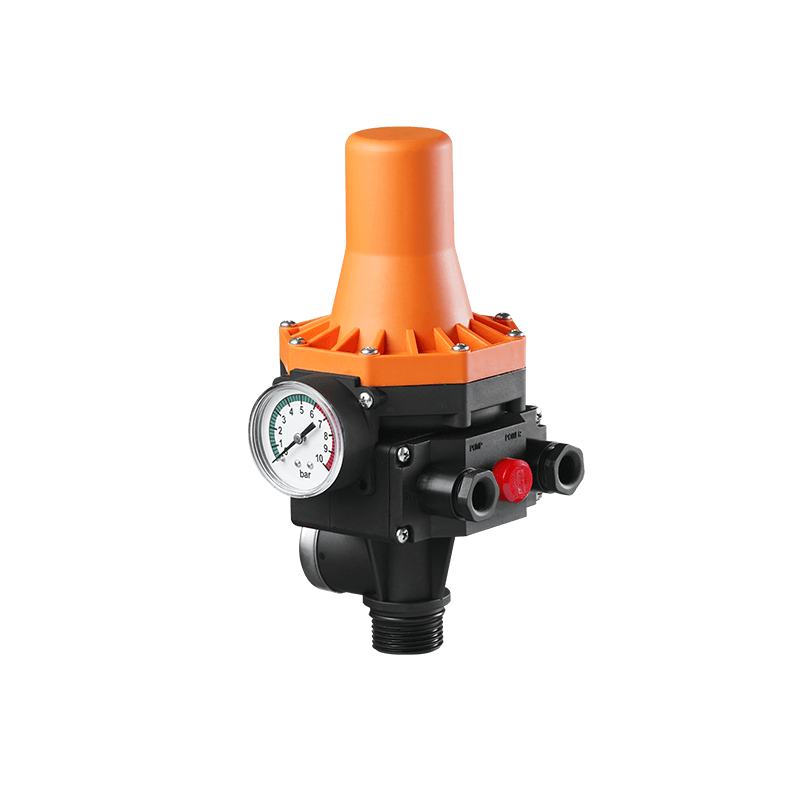 EPC-3
EPC-3Monro EPC-3 spain design auto on and off press control, an intelligent and economical system designe...
-
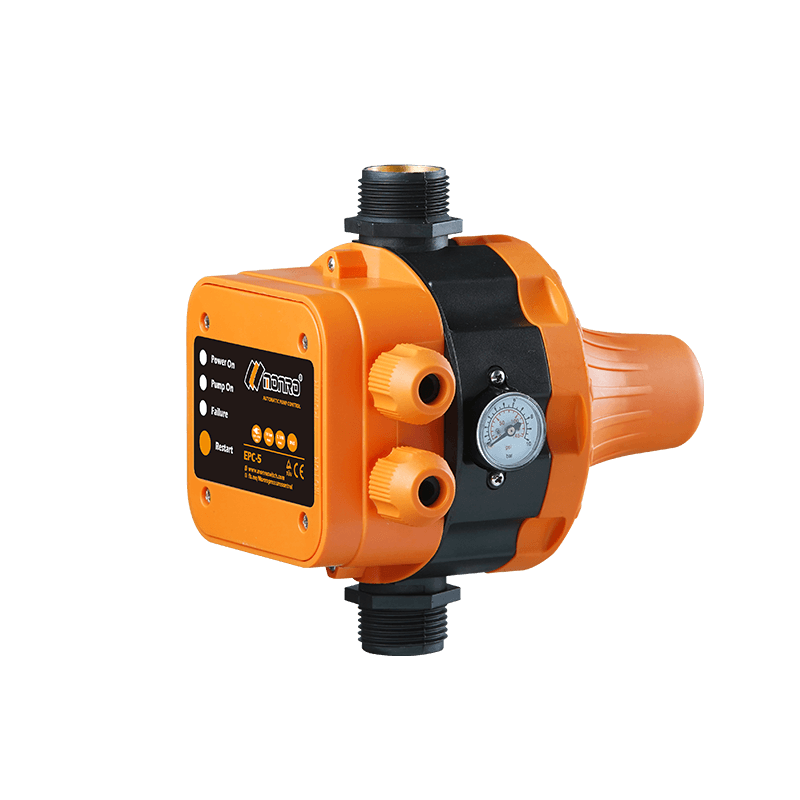 EPC-5
EPC-5Monro EPC-5 model automatic pump control, a device which assembled on the water pump (recommended si...
-
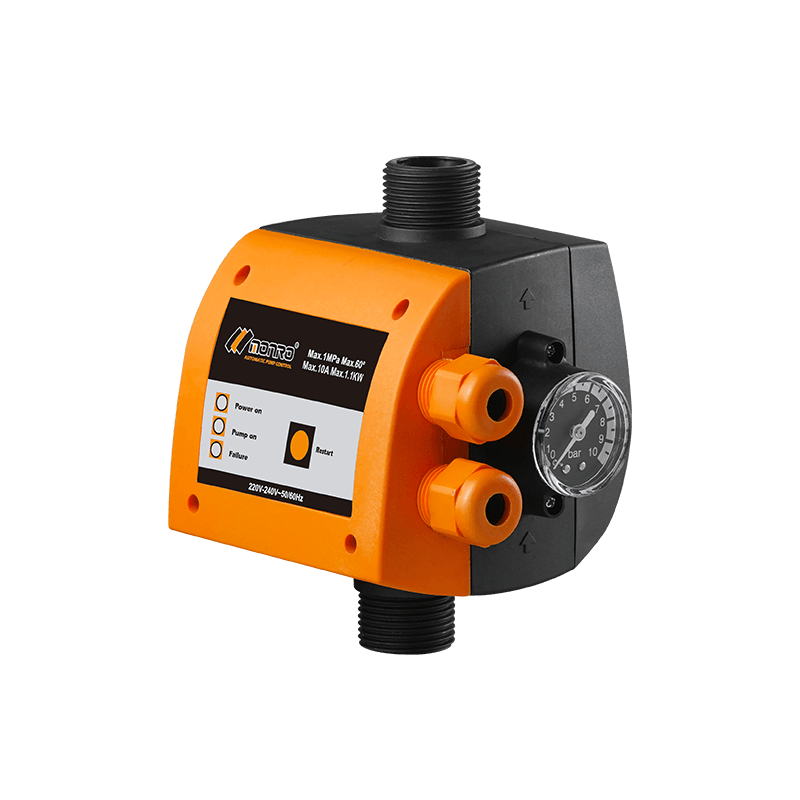 EPC-9
EPC-9Monro EPC-9 model pressure controller, is a big power device for automatic control and protection of...
-
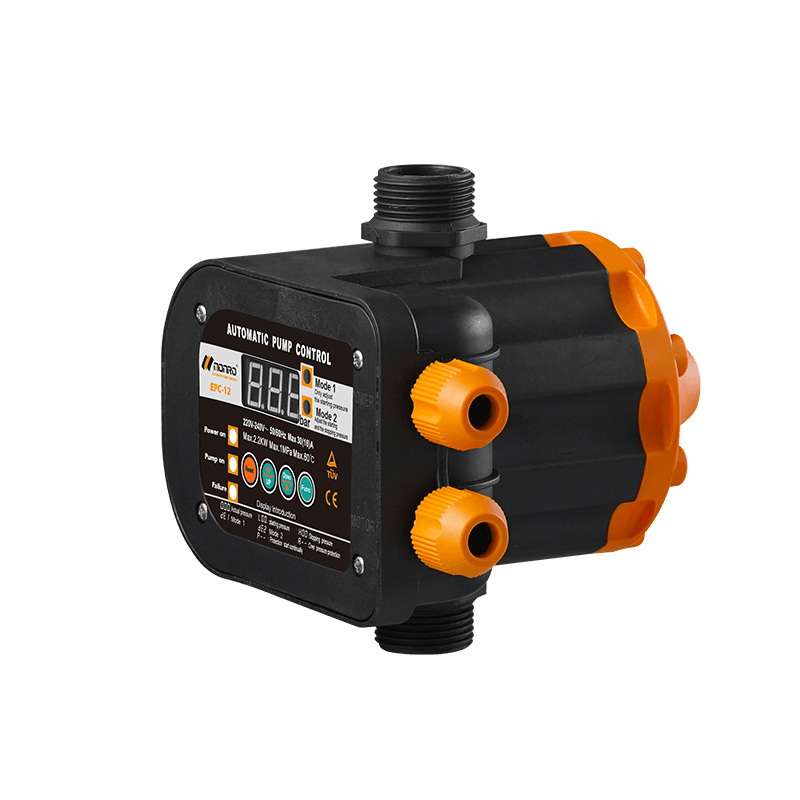 EPC-12
EPC-12Monro EPC-12 smart top-level automatic pump control is a multi-function model combined with traditio...
-
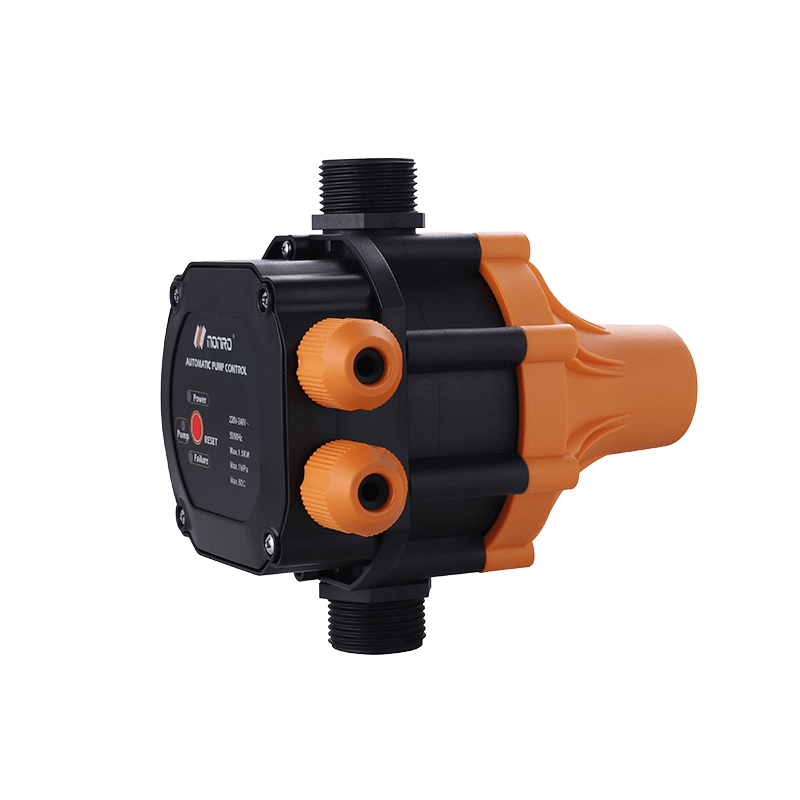 EPC-14
EPC-14Monro EPC-14 model pressure control is a big power device for automatic control and protection of el...
-
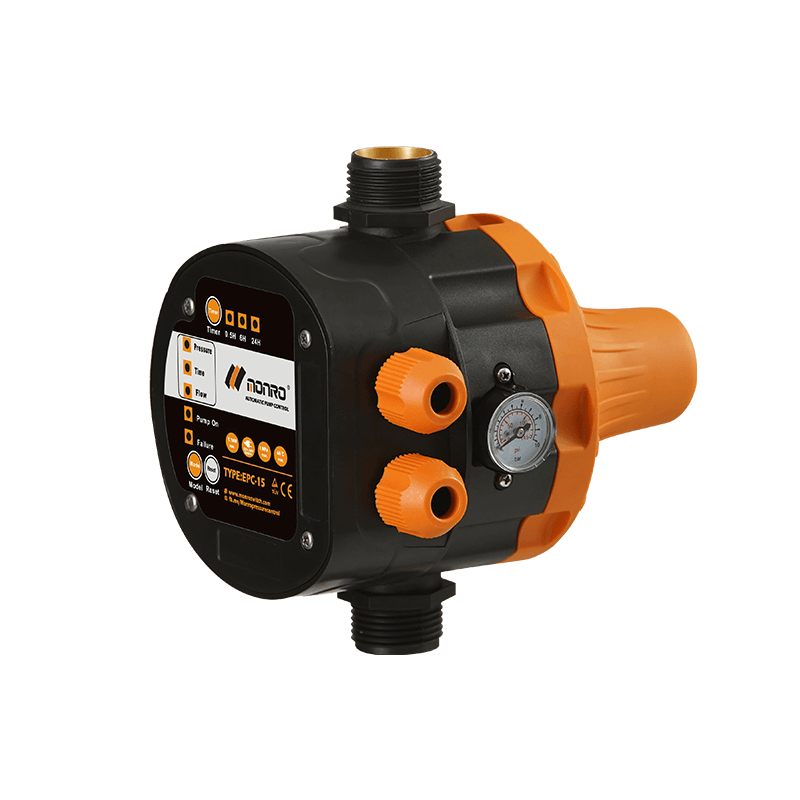 EPC-15
EPC-15Monro EPC-15 model automatic pump control, a device which assembled on the water pump (recommended s...
-
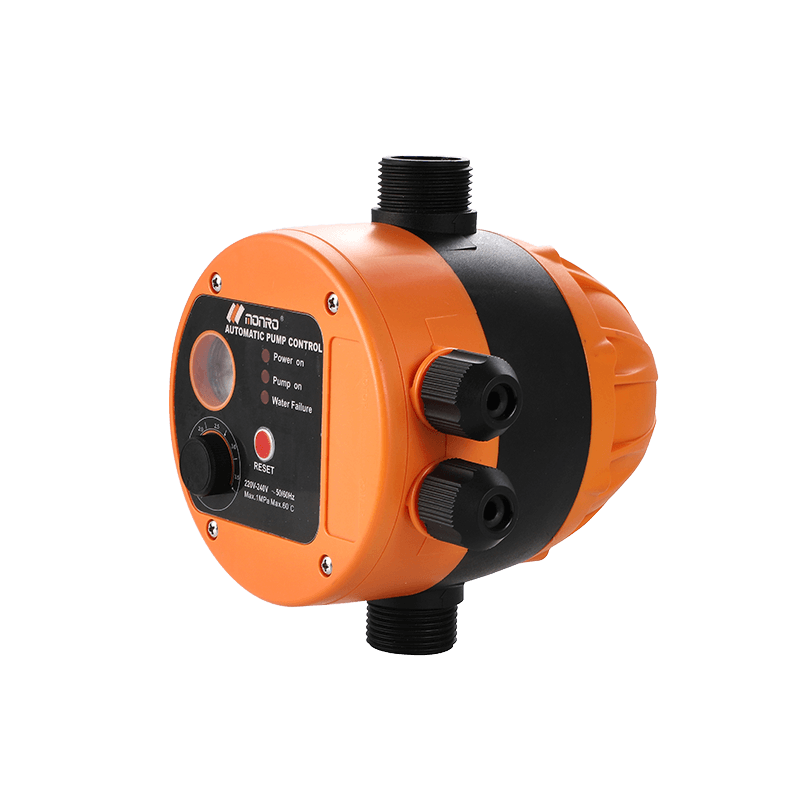 EPC-16
EPC-16EPC-16 is the new patent pump controller by Monro. Its key highlight is tooless (manual knob) start...
find our office
Committed to providing professional pressure control solutions for various types of water pumps and air compressors.

 简体中文
简体中文 English
English Español
Español